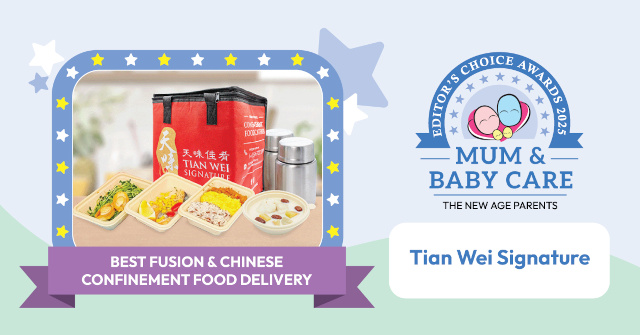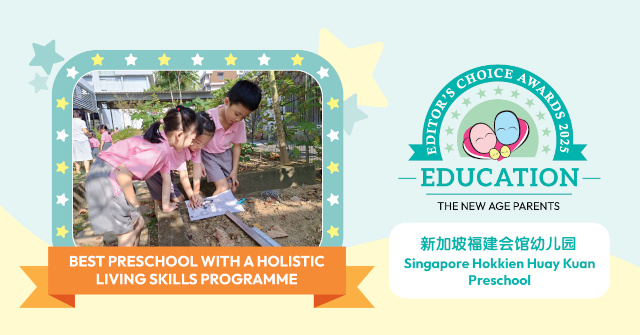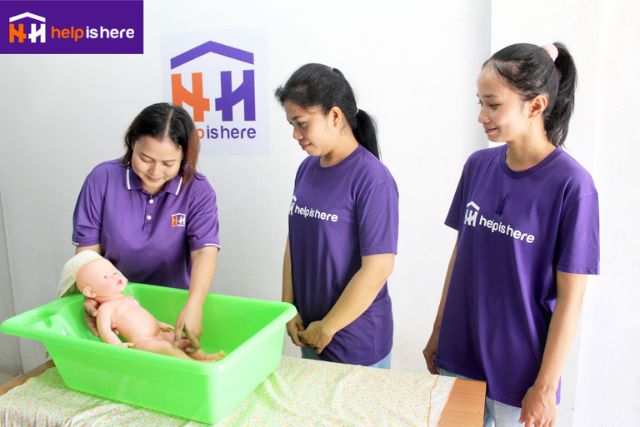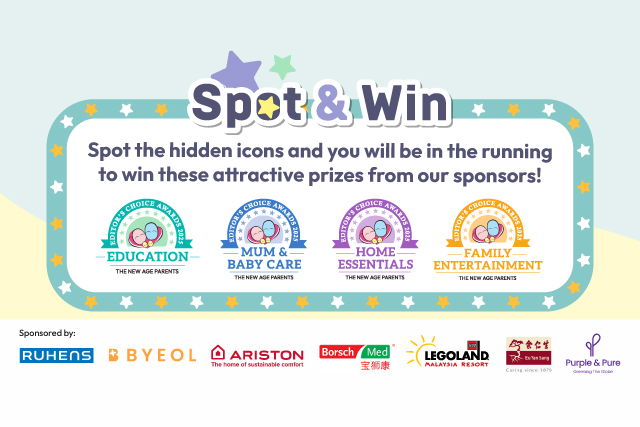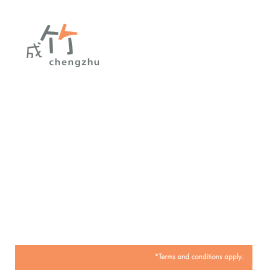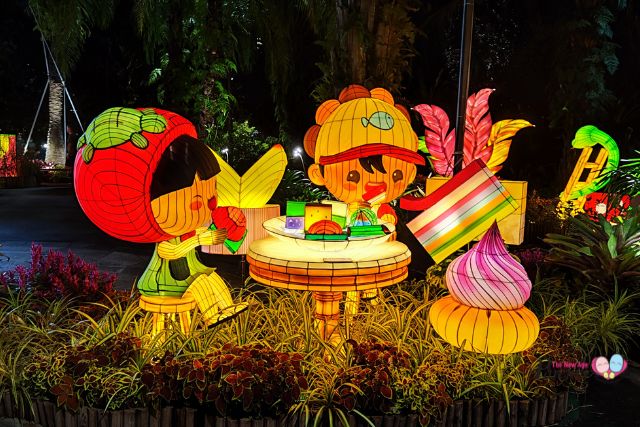Infant massage has been practised in many cultures, with various historical accounts from ancient civilizations beyond 2000 years ago. The benefits of systematic tactile stimulation include the following:
- Helping the baby to relax and ease more easily into sleep
- Calming a fussy baby
- Promoting emotional development
- And not least, promoting parent-child bonding
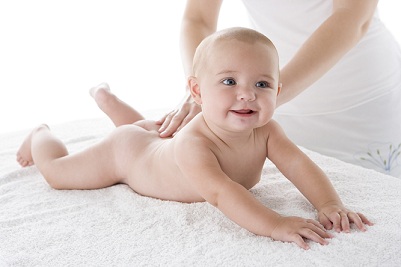
Assorted scientific studies have suggested accelerated brain development (as assessed via electro-physiologic outcomes) as well as significant improvement in social, self-help, gross motor, fine motor and language skills in infants exposed to massage. Furthermore, a systematic review on the safety of massage in children revealed that, overall, massage therapy is safe, particularly in trained hands.
In our modern society where both parents are often working, we value the precious hours we can devote to our babies. Although the quantity of time spent is paramount in establishing a strong parent-child bond, its quality also matters. Infant massage is an ideal way to facilitate bonding between you and your baby.
How long does it take?
Generally, the massage session takes less than 10 minutes for a baby less than 2 months old, and up to 20 minutes for an older baby. It can be performed at any time of the day, but a good time to do it is after a warm bath when your baby is not yet drowsy.
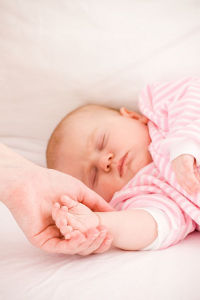
Setting the environment
The environment should be a warm room with a soft flat surface where both you and your baby are comfortable. For example, you may place your baby on the bed with your seat just next to it at a comfortable height. Other parents may prefer to sit on the floor with their babies lying on a soft blanket or thin mattress. Your baby will need to be fully undressed for the massage, or at least, wearing only the diaper. Gentle background music can even be played if desired to set the mood.
Using Baby oil or lotion
Baby oil or lotion is used in the course of the massage. It is important when using the emollient for the first time to place a small patch on your baby’s skin and observe for 5-10 minutes to ensure that he or she is comfortable with its use. As a baby’s skin is delicate, it is not appropriate to use concentrated essential oils for this purpose. The emollient should be poured onto one’s palms first to warm it before application onto your baby. During the massage, it is good to talk to or sing to your baby as this will enhance the massage experience.
What stroke should I used?
While there are many ways where massage can be performed, it is important to remember that preferences exist, even in a little baby. There is no one set or “correct” way to do it, but with time, you will discover the pattern that your baby finds pleasurable. Once the correct level of touch is learnt, practice with one’s own baby will individualize the routine.
A sample routine is outlined below, in the order prescribed:
1. Face
This is the most important part of the massage with the longest length of time spent on this part of the body as your baby is most sensitive in this region.
- Using your fingertips, gently stroke from the forehead, past the temples to your baby’s cheeks
- In the same manner, stroke the brows from the inside to the outside
- Run your fingers from the side of the nose near the nasal bridge towards the cheeks along the lower contour of your baby’s eye socket
- Do the same from the midline just above his or her upper lip outwards to the cheeks
- Stroke the jaw line from the chin outwards toward the ears
- Perform circular strokes around the contour of the ears
2. Chest
- Using the whole length of your fingers, gently stroke from the breastbone along the bony contour just below the collarbone till you reach the shoulders, and then down the side of the torso
3. Arms
- Focusing on one arm at a time, massage from the shoulder / armpit towards the wrist in a smooth milking motion – this is also known as “Indian milking”
- The reverse direction may also be performed – known as “Swedish milking”
4. Hands
- Open each hand and gently stroke and roll each finger one at a time – if your baby’s hand is closed, you can cause it to open by reflex simply by stroking the back of your baby’s hand
- Using your thumbs, massage the palm and back of the hand from your baby’s wrist to the fingers
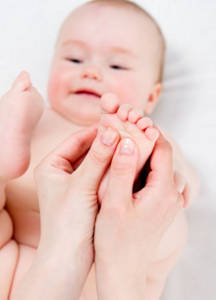
5. Stomach
- Using all 5 fingers at once, gently stroke from the region below the breastbone towards the groin
- Bend your baby’s knees toward the tummy to help relax his or her abdominal muscles
6. Legs
- The same actions used for the arms also apply to the legs
7. Feet
- Using your thumb, gently rub from your baby’s heel to toe along the sole
- Gently squeeze or rub each toe one by one
8. Back
- Placing the baby prone on a blanket or pillow, or on your lap, position yourself on the side of your baby
- Using all 5 fingers, gently rub with horizontal strokes across your baby’s back, first across the nape of the neck and shoulder blades, slowly progressing to the buttocks
- Finally, stroke your baby from the nape of the neck towards the buttocks
Some final pointers
It is often difficult to visualize the massage process without hands-on experience under the watchful eye of an accredited therapist. While there are many videos available free-of-charge online that demonstrate the techniques used for infant massage, it is usually up to you to discover the one that works best for your baby. Although such visual aids are very useful to reinforce the learning process, there is always the concern of excessive force or inappropriate technique causing inadvertent hurt to your baby.
Every major hospital in Singapore with a neonatal unit has parent craft services, which may include classes on infant massage. The interested parent may enquire at these institutions and gain more confidence through practical sessions taught and supervised by these trained personnel.
Lastly, this is an experience meant to be enjoyed by both you and your baby. Rather than feel the need to accomplish all the “correct” strokes, do relax and savour this wonderful time when the only thing that matters is giving pleasure to your baby, and enjoying his or her responses in return.
By Dr Goh Han Meng, Paediatrician, SBCC Baby & Child Clinic.
This article was first published in The New Age Parents online magazine.
* * * * *
Like what you see here? Get parenting tips and stories straight to your inbox! Join our mailing list here.
Want to be heard 👂 and seen 👀 by over 100,000 parents in Singapore? We can help! Leave your contact here and we’ll be in touch.




